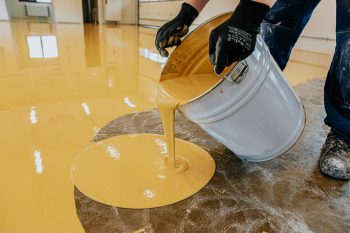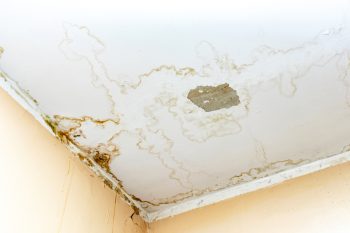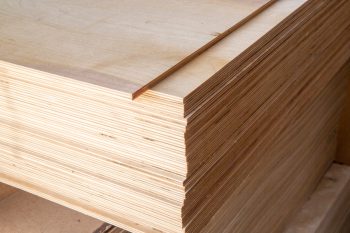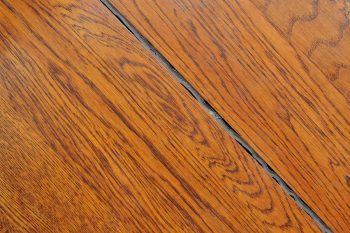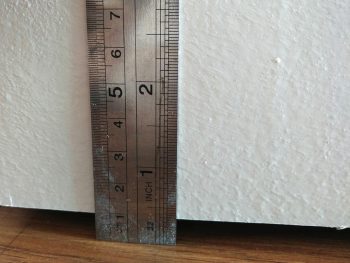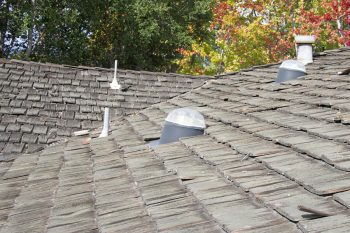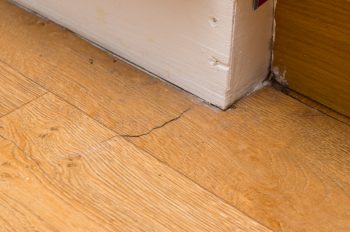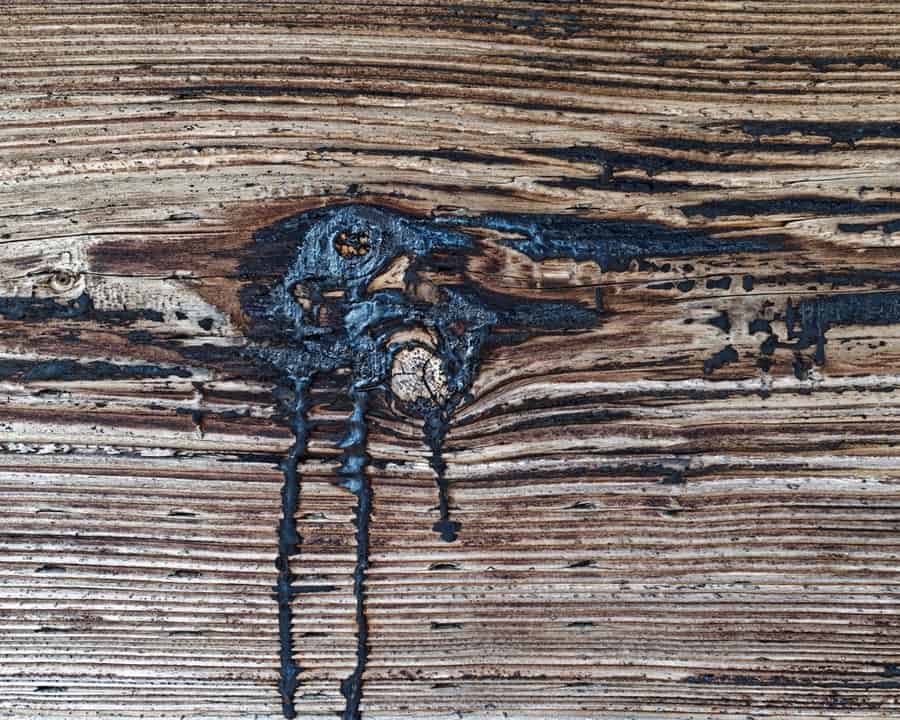
Ever walked into your house and noticed a great piece of furniture was ruined with tar?
Maybe it was on your hardwood floors or a piece of antique furniture. Either way, sometimes, it can be difficult to remove tar from wood.
However, you can remove tar from your wood with the right tips and tricks! Removing tar from wood is not that difficult if you have the ultimate guide and can do it at home.
- Use a scraper to remove the bulk of the tar.
- Use WD-40 or lighter fluid to remove the tar.
- Take an ice cube and harden the remaining tar.
- Sand it down with fine-grift sandpaper or steel wool.
Knowing how to remove tar will help keep your home clean.
Keep reading, as this article sheds more light on the ultimate guide to removing tar from wood.
Ultimate Guide to Removing Tar From Your Wood
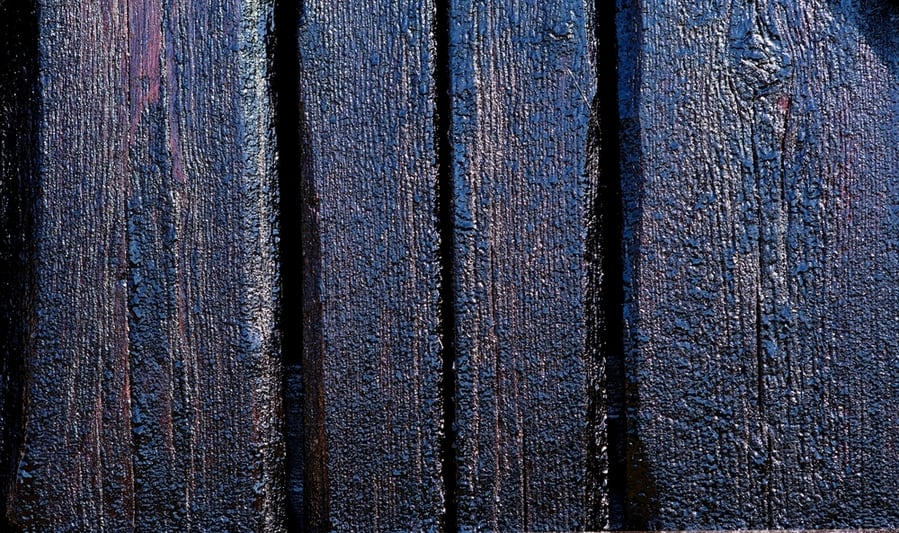
This ultimate guide is all about how to remove tar from wood. Don’t let tar ruin your hard work.
Removing tar from your wood is much easier than you think.
Scrape Off the Tar
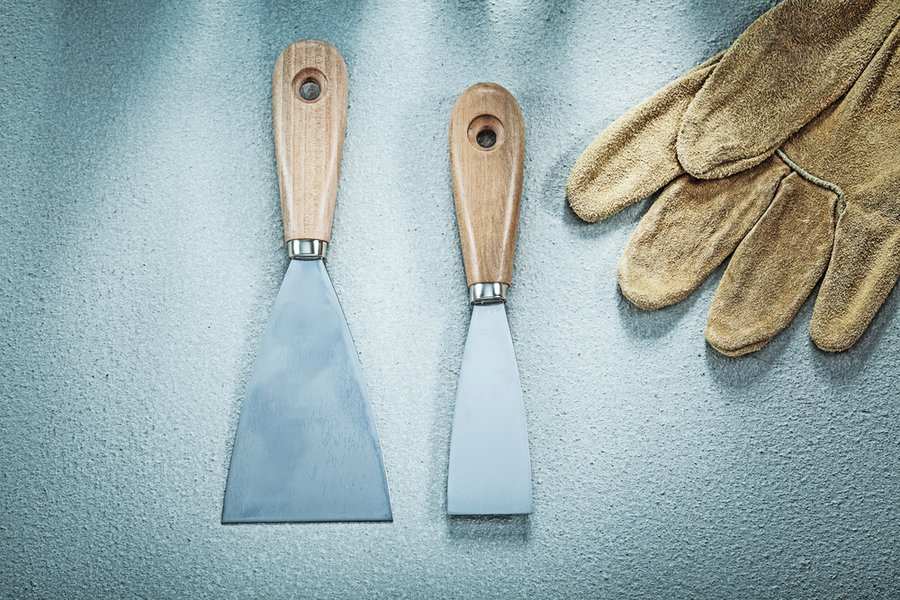
Put on thick rubber gloves before attempting to scrape off any excess tar with a putty knife or razor blade scraper. Use caution when scraping away excess tar because it can be very messy.
Try to scrape off as much as possible before attempting any other method. Use an old toothbrush or wire brush if needed for more stubborn stains.
Rinse with water after scraping to remove all excess residue from the surface area.
Wear protective gloves and a face mask so you do not inhale any fumes from the tar.
Soften the Tar

To remove tar from the wood, you must soften it, so it’s easier to remove.
If you don’t, you will likely make a mess as the tar spreads across your floor or tabletop instead of coming off quickly.
You can try to use a blow dryer or hair dryer to heat the tar on your wood surface to make it softer and more pliable.
Be extremely cautious when doing this because too much heat can cause damage to your furniture or flooring if not done correctly, so don’t hold the blow dryer in one place for too long.
Scrub With a Cleaning Solution
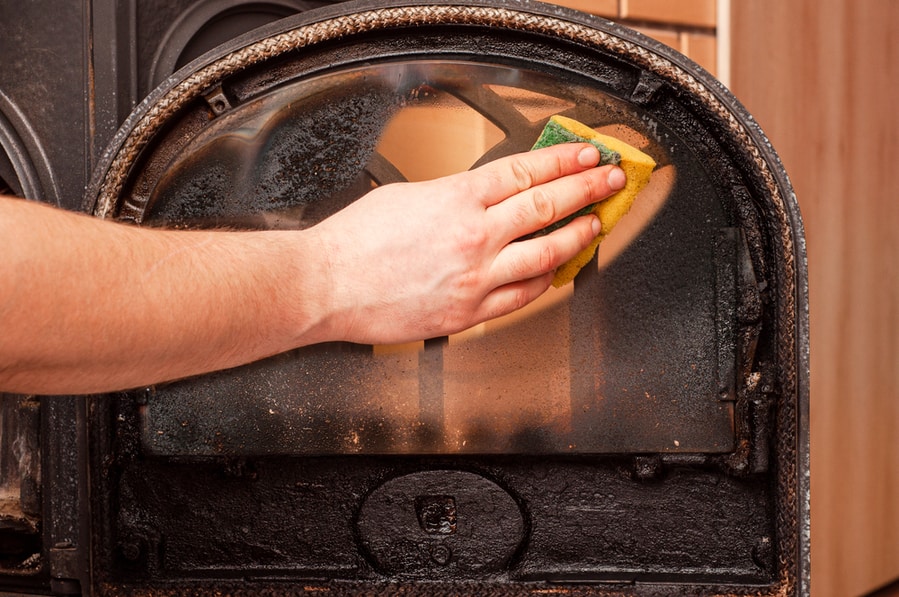
If you have a lot of tar on your wood, you may need to use more than one cleaning solution. Use a soft brush or cloth to scrub away any loose tar.
Pour some cleaning solution on a cotton rag and wipe it over the area where the tar is. The rag should become saturated with the solution, allowing for easier removal.
Apply more cleaning solution if needed and keep scrubbing until the tar has been removed from your wood surface.
Apply Mineral Spirits
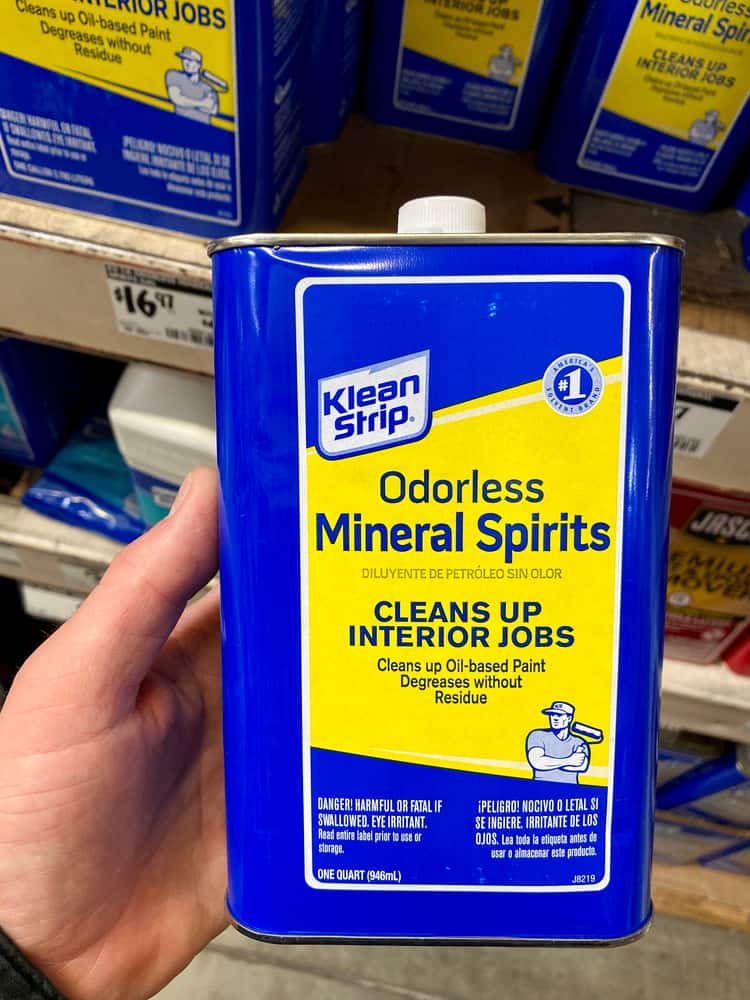
Apply mineral spirits to the stained area with a very clean cloth. Blot the liquid rather than rub it into the wood. This will help prevent additional damage from occurring.
Allow this to sit for at least 15 minutes before wiping any excess fluid with a clean cloth.
Repeat if necessary until you have removed all tar stains from your furniture or flooring.
Remember that these spirits may stain the wood, significantly darker woods like mahogany or walnut, so always test an inconspicuous section first to ensure your desired spirit won’t ruin your furniture before you try the entire piece.
Sand Remaining Residue
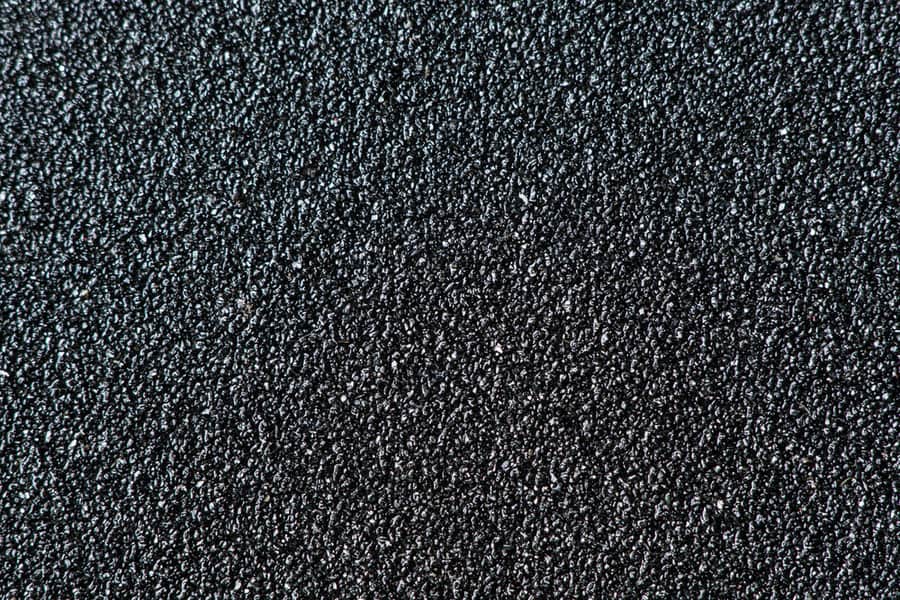
It’s often necessary to sand away any remaining residue after cleaning the area with mineral spirits.
Sanding down the remaining residue helps to create a better surface for applying the seal once the tar has been removed completely.
Use fine sandpaper, 100 grit or higher, and gently rub across rough areas until they are smooth.
Clean the Surface
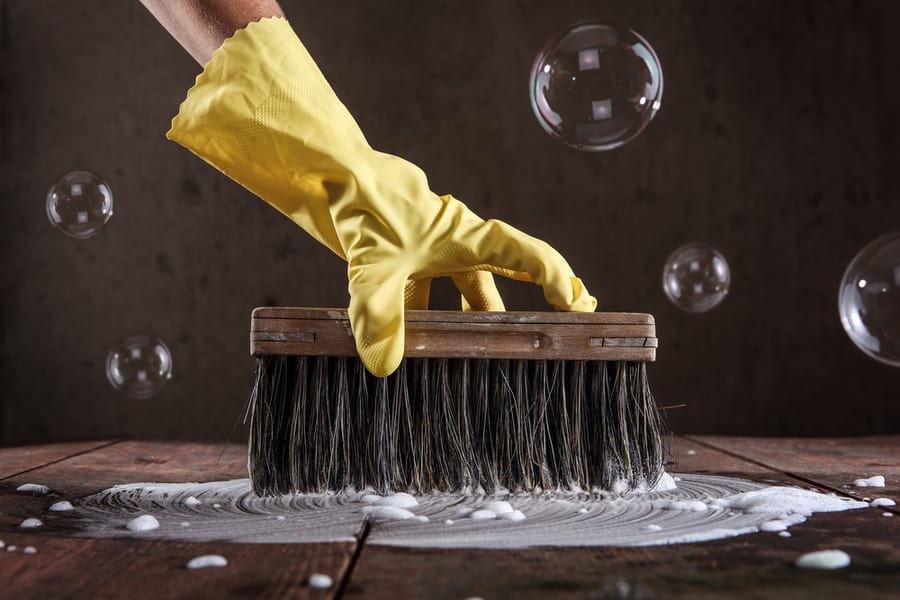
Afterward, it’s essential to clean the surface. Cleaning can be done with soap and water.
Remove any dirt or debris from the surface before applying any treatment or sealant, as this may cause discoloration of the wood if done too soon after sanding.
Seal or Treat the Wood

If your wood deck isn’t sealed, seal it first. This will help prevent future tar stains from sticking to your wood surface.
Sealing will also help protect the wood from future damage caused by moisture, which can lead to cracks and other problems.
Treat the wood with a high-quality preservative containing linseed or anaconda oil.
These oils will help seal the deck’s surface and prevent it from absorbing more tar.
Conclusion
Whether you are removing tar from wood siding or decking, don’t wait any longer now that you have the ultimate guide on removing tar from wood.
You could try to get the tar off with mineral spirits or turpentine, but you risk leaving a greasy residue that can rub off your hands.
The best approach is to dry scrape first, soften the tar, scrub with a cleaning solution, and then follow up with mineral spirits.
Once you have removed all the tar, it is wise to give your wood a protective coat.
Try out these ultimate guides and see if they work for you.
Frequently Asked Questions
What Is the Very Best Solvent for Removing Tar?
The best solvent for removing tar is turpentine, which can remove the sticky residue left behind by tar.
You should not use paint thinner or kerosene because they are too strong and could damage the wood.
Does Baking Soda Remove Tar?
Yes, baking soda will remove tar. This mild abrasive can remove tar from wood by scrubbing the affected area. However, you should only use this method if the tar is not too deeply embedded in your wood and you don’t want to sand it.
